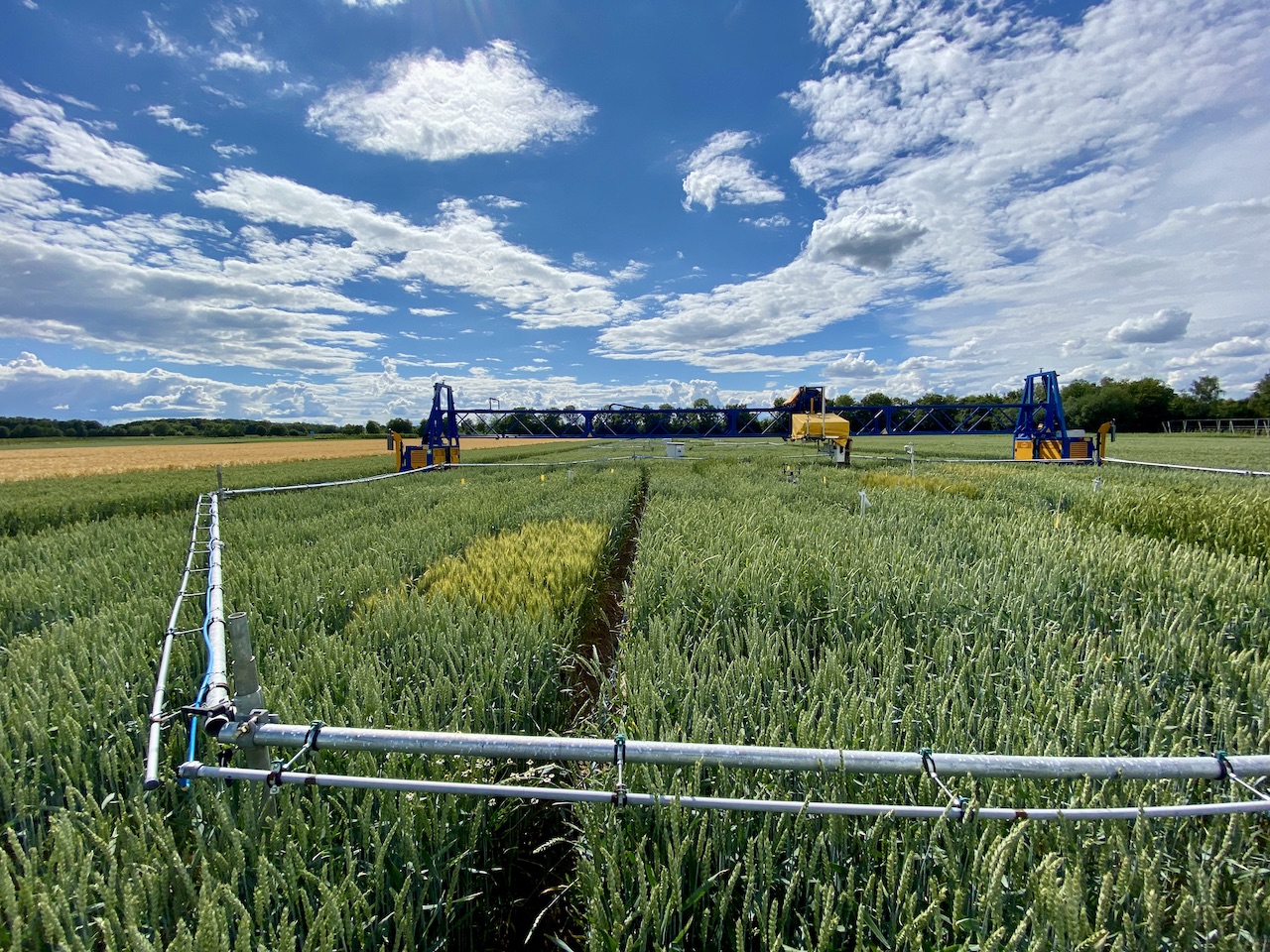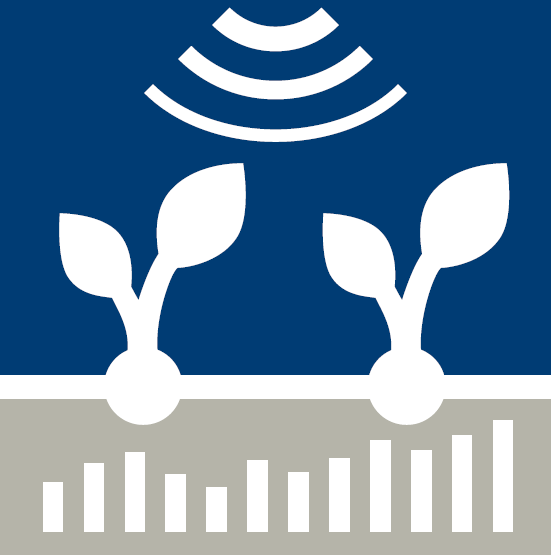Free-Air CO2 Elvation
Type of resources
Keywords
Contact for the resource
Provided by
-

The experimental data consist of the LIFT, PhenoCam, UAV, yield and environmental data from the vegetation period 2020/2021. Abstract: In the context of climate change and global sustainable development goals, future wheat cultivation has to master various challenges at a time, including the rising atmospheric carbon dioxide concentration ([CO2]). To investigate growth and photosynthesis dynamics under the effects of ambient (~434 ppm) and elevated [CO2] (~622 ppm), a Free-Air CO2 Enrichment (FACE) facility was combined with an automated phenotyping platform and an array of sensors. Ten modern winter wheat cultivars (Triticum aestivum L.) were monitored over a vegetation period using a Light-induced Fluorescence Transient (LIFT) sensor, ground-based RGB cameras and a UAV equipped with an RGB and multispectral camera. The LIFT sensor enabled a fast quantification of the photosynthetic performance by measuring the operating efficiency of Photosystem II (Fq'/Fm') and the kinetics of electron transport, i.e. the reoxidation rates Fr1' and Fr2'. Our results suggest that elevated [CO2] significantly increased Fq'/Fm' and plant height during the vegetative growth phase. As the plants transitioned to the senescence phase, a pronounced decline in Fq'/Fm' was observed under elevated [CO2]. This was also reflected in the reoxidation rates Fr1' and Fr2'. A large majority of the cultivars showed a decrease in the harvest index, suggesting a different resource allocation and indicating a potential plateau in yield progression under e[CO2]. Our results indicate that the rise in atmospheric [CO2] has significant effects on the cultivation of winter wheat, with strong manifestation during early and late growth. Article: https://www.frontiersin.org/articles/10.3389/fpls.2023.1304751/abstract
 PhenoRoam
PhenoRoam